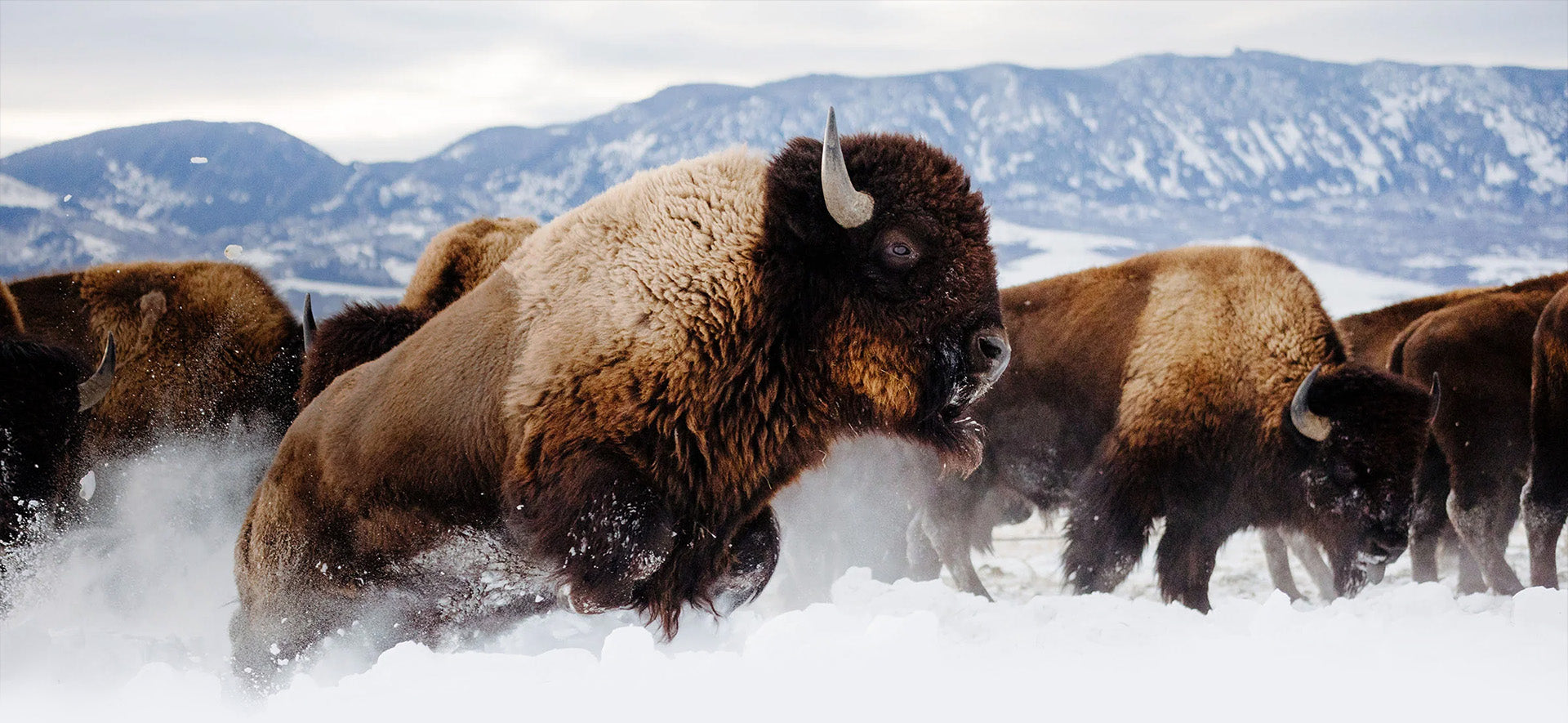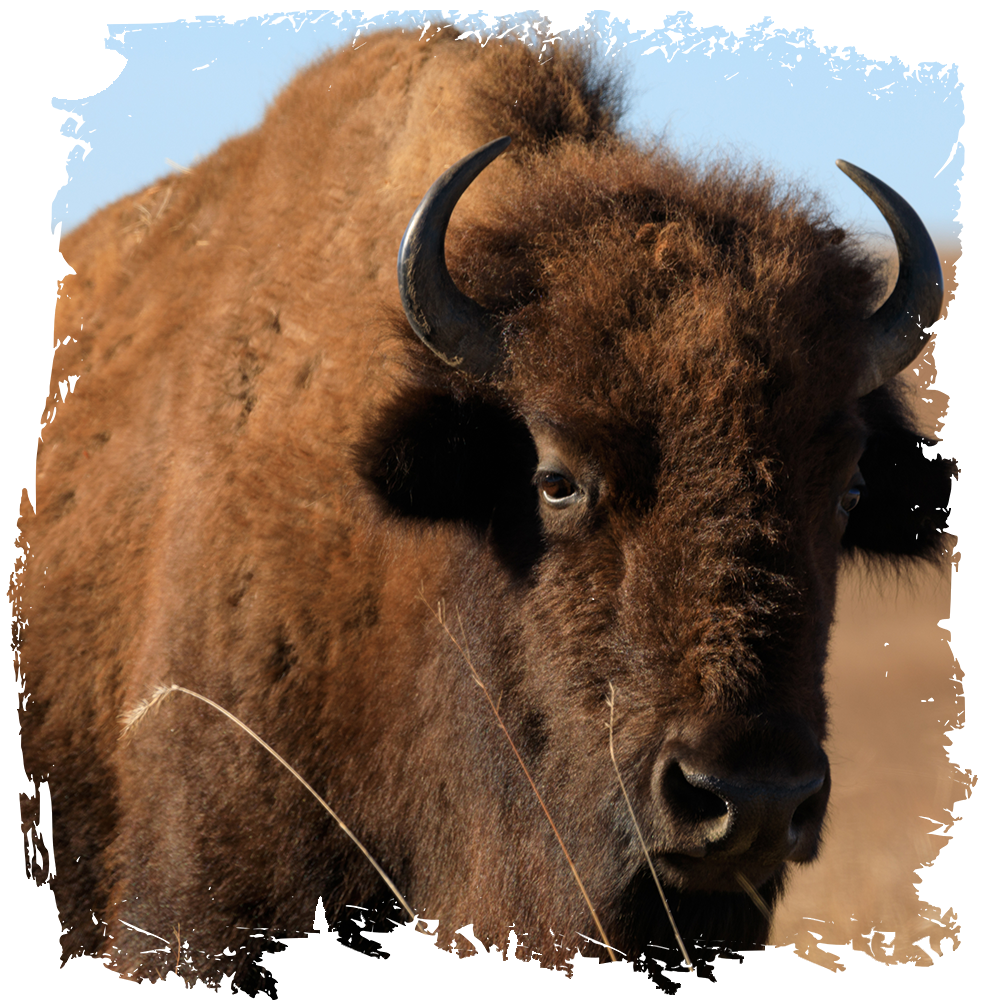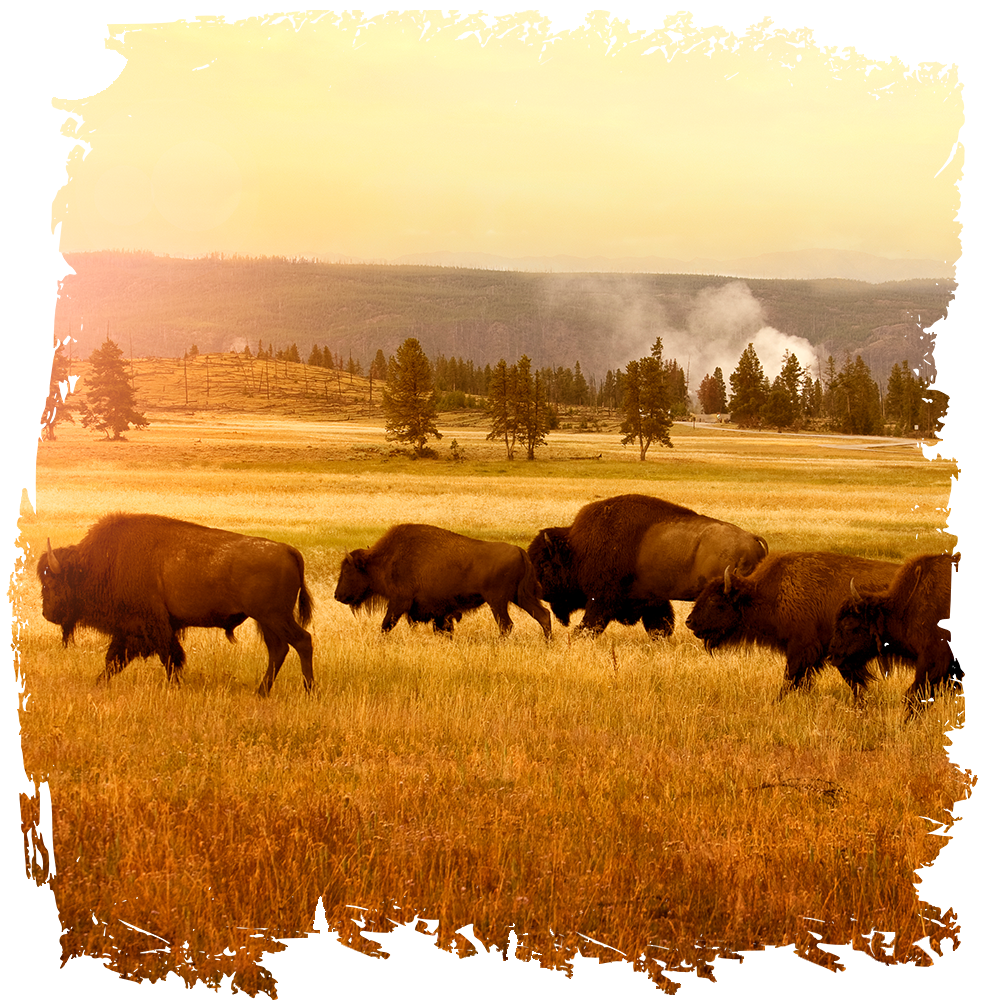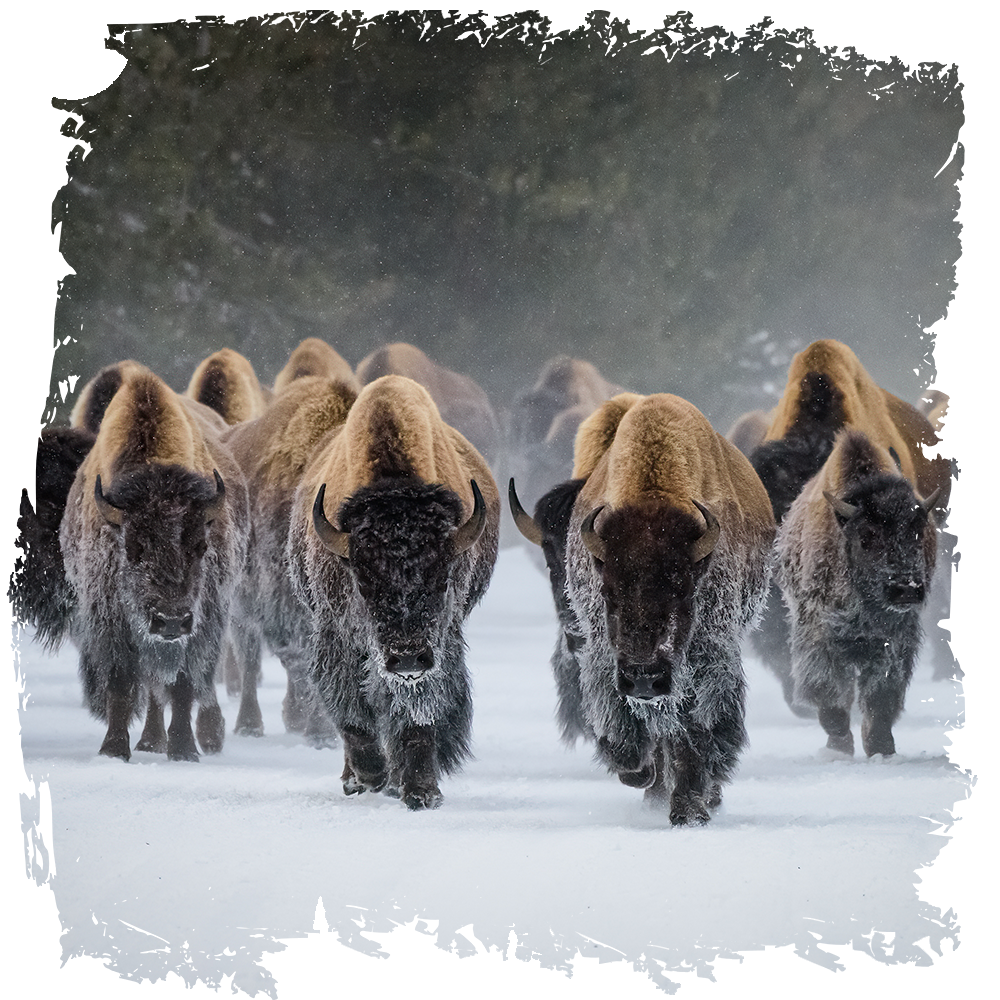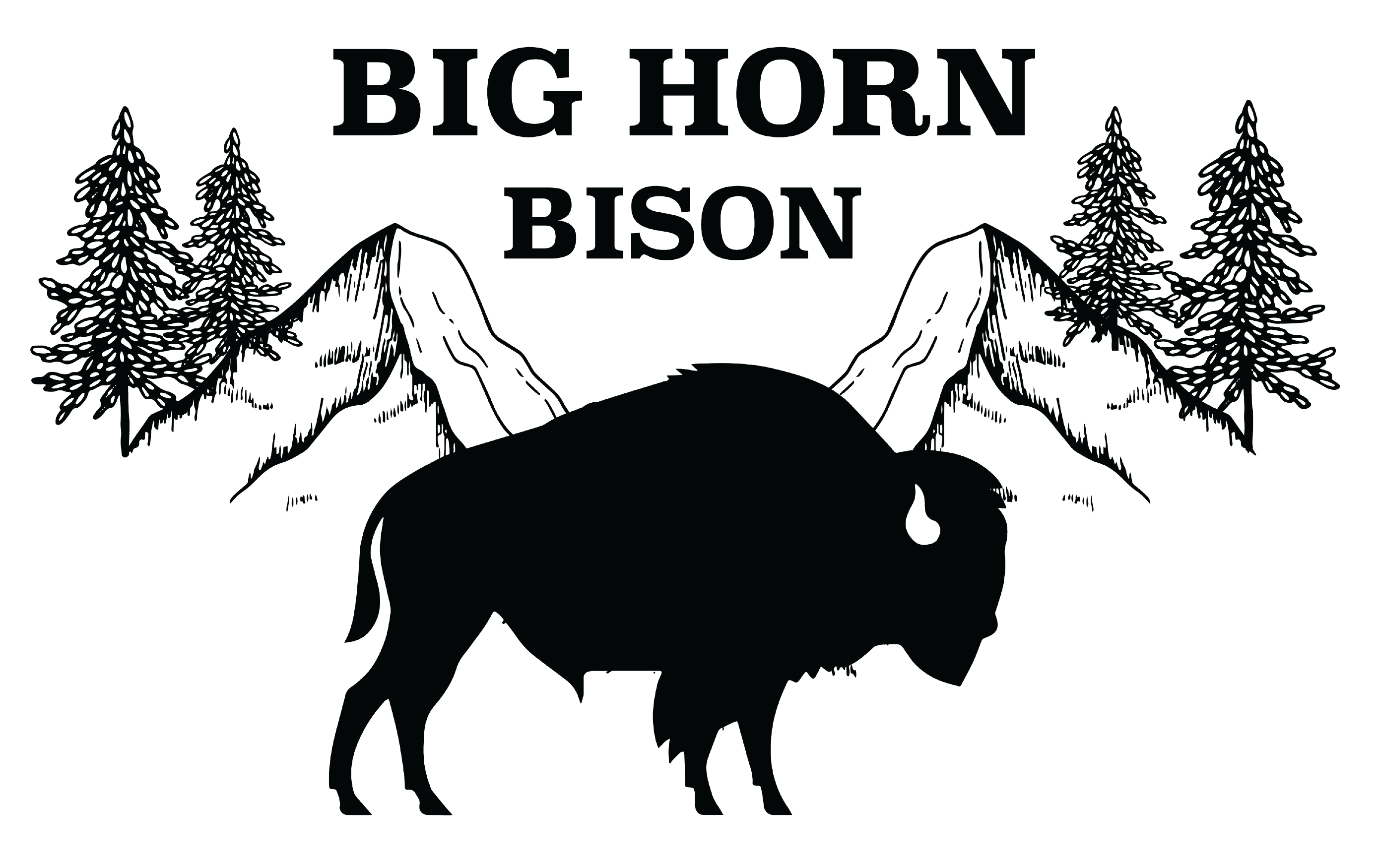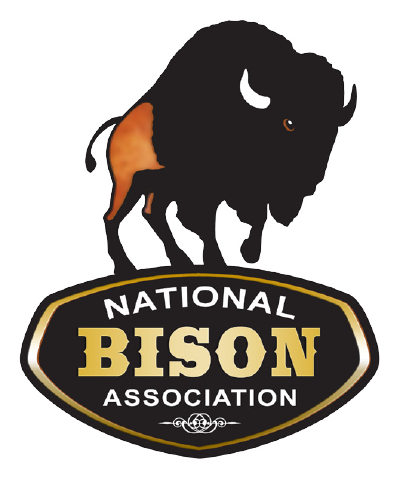Our Bison
Our Herds
Protecting the Species
Raising Bison
BISON PER ACRE & FENCING
There is no simple answer to the question of bison stocking rates. The types of forage, soil quality, water, environment and other factors directly affect the number of animals you can maintain on a given acreage. Your local county extension agent, USDA Natural Resource Conservation Service, university’s agricultural extension office, and local beef or dairy producers can all help you determine the carrying capacity of your acreage as it will be comparable to grazing cattle. You may find that you can run more bison per acre, however, it is best to start out with a safe number and adjust as you go. Remember, an adult animal eats more than a young animal and a lactating cow eats more than a non-lactating cow.
Fencing on bison ranches and farms varies greatly. Some folks use a good taut cattle fence while some build fortresses. The preference is somewhere in-between. What works for one person may not work for you. Ultimately, it boils down to management and keeping bison well fed, watered in a good social mix thereby not giving them an excuse to leave the fenced area. Exterior fences should be of prime importance. Interior or cross fencing is also important, but some producers can get by with a lesser quality. Many producers recommend an exterior fence of six feet. If a bison can get his nose over the fence and wants to be out, it has the ability to do so as grown bulls can make a standing six foot jump, if so inclined. Electric fence is common as well and bison will typically learn to respect a hot wire. Also keep in mind that calves can crawl under fences if too high, however wildlife should be able to pass through without getting caught. Further, the top line of your fence should be at or above a bison’s line of vision, as that will act as a deterrent as well.
Bison are not domesticated animals and require different handling than cattle and other livestock. Many bison producers agree with the saying “You can get a bison to go anywhere it wants to go.” Bison are much more nervous and excitable in close quarters, which are indicators of stress. As such work bison slower, calmer and more quietly than you would other livestock. Handling facilities will need to be stronger and taller than pasture fences. Your facility for capturing, sorting, treating, testing, loading out, or confining your bison should be strong, long lasting, cost efficient, bison-specific and, most importantly, safe for you and your animals. One of the best ways to determine facility needs is to talk and visit with other producers and attend bison association conferences and workshops.
Consistency is very important to the foodservice industry. Marketers want to be assured that producers provide consistent size, age, and quality of steaks and other cuts of bison meat.


